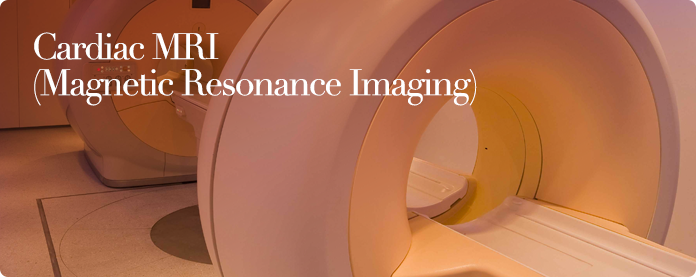| Cardiac MRI is a test using MRI technology to image the heart chambers and structure of the heart muscle. |
|
| It is often performed in patients with ventricular arrhythmias suspected to be due to a condition called Arrhythmogenic Right Ventricular Cardiomyopathy (ARVC), in which there is scarring (fibrosis), with replacement of heart muscle by fat, and localized enlargement (aneurysms) of the right ventricle. |
|
| It is the most sensitive test for detecting small areas of fibrosis in the heart muscle in conditions such as hypertrophic cardiomyopathy, sarcoidosis, amyloidosis and other types of cardiomyopathy. The presence of fibrosis in these conditions confer a poor prognosis in these patients. |
|
| It is a non invasive test and does not expose the patient to ionizing radiation. However, the patient must be able to cooperate by holding his breath for 10 seconds, not move during the test (which could take an hour or more) and not be claustrophobic. |
|





